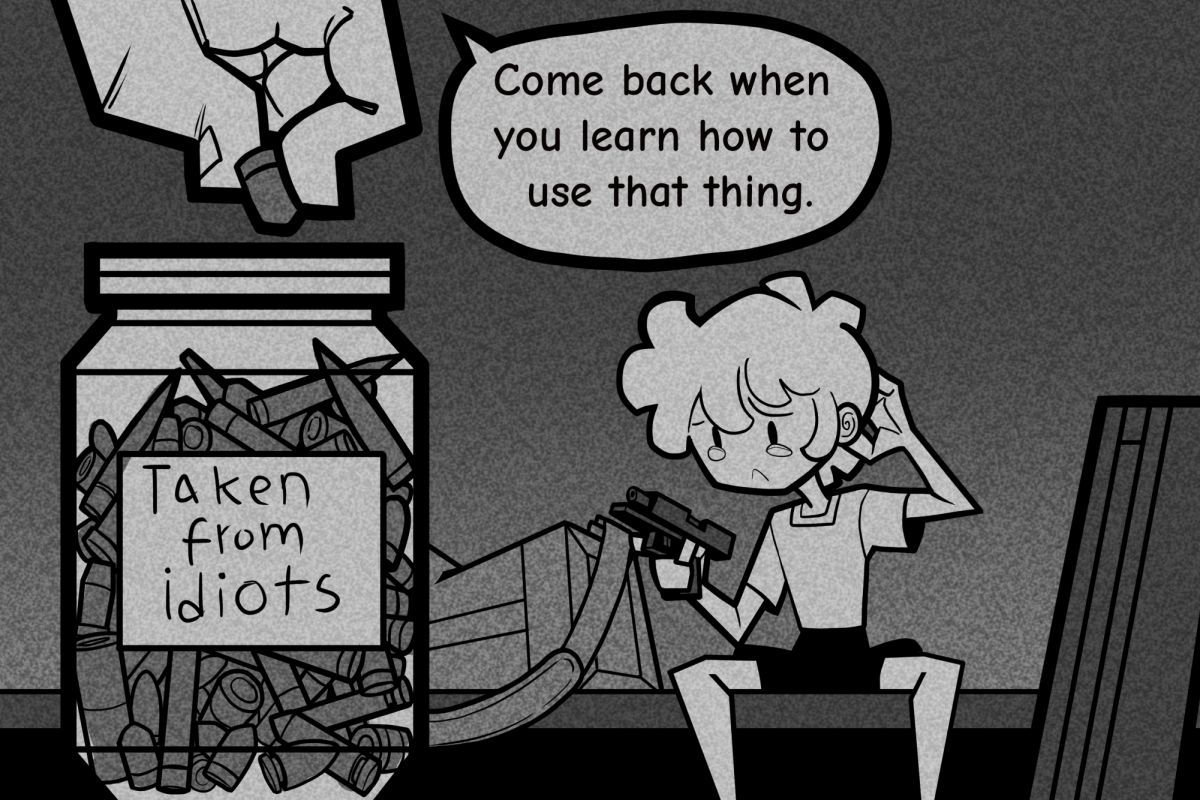As someone who’s been hung up on by a police dispatcher, I’ve learned that I’m on my own during a dangerous encounter. I have no choice but to take advantage of the Second Amendment, and I recognize how deadly that can be, especially if I’m not careful. The power vested by firearms demands an obligation to firearm safety.
The law doesn’t list training as a requirement to buying firearms, and we’re seeing a rise of gun owners who do not know how to safely wield their defense option. A survey carried out by the University of Washington in 2017 found that only one fourth of gun owners received formal training. Even then, training content varies greatly across states.
The FBI’s background check system reports rising gun sales since 2020. Texas leads the nation with most gun sales — charting 14% of all guns sold nationwide. America is still making record numbers of gun sales even as the spike tapers out. Interest in self-defense is high across party lines, but that’s not the case with training.
In most circumstances, gun stores don’t ask if you’ve had training before buying a gun. States such as Texas even omitted permit requirements for gun purchases.
One of the first rules of firearm safety is to always treat a firearm like it’s loaded, and to build a habit around that mantra. Even those with some amount of training fail to be proactive about what can go wrong.
One should never let their guard down when a gun is in their hands. Nothing is more harrowing than being flagged — when someone accidentally points their gun at something they don’t intend to shoot — by someone who doesn’t know what they’re wielding. I can’t believe I’ve had to remind someone about trigger discipline when showing off a loaded weapon.
I once saw a gun range with a jar full of bullets on its front counter. Turns out, they were chambered bullets — which is brass in the barrel that’s ready to fire. When the gunsmith obtains a customer’s firearm for maintenance, they make sure it’s “clear” of ammunition, much to the customer’s shock when the gunsmith finds they were unknowingly walking around with a loaded gun.
Training is more than just knowing how to group your shots. You need to learn to maintain and manipulate a tool designed to kill.
We’re reaching a point where first-time buyers are buying guns and stashing them in their closet thinking they’ll stay primed to end a burglary. There’s only peace of mind up until the point a gun jams because the owner neglected it.
Like any tool, a firearm is a commitment: You have to learn to use, clear, maintain and, most importantly, be safe with it. Some shooters forget that a bullet is still lethal even if you miss your target.
There are plentiful stories of stray bullets maiming or killing people, and yet people still forget the risk guns can pose when used improperly. A while ago, one of my family members wanted to get an automatic weapon for home defense. Ignoring the impracticality, they didn’t acknowledge the possibility of accidentally shooting their neighbors during a burglary. Bigger bullets can spell bigger repercussions.
Training informs the kind of gun one needs, not what looks cool. Revolvers are perfect for less active gun owners since they almost never jam and are simple to use.
Don’t simply go to the gun range and call it a day, either. If you have the means, seek a private range that teaches positioning and cover. Learn how to shoot out of cover as well.
In a gung-ho state like Texas, I’d expect people to know better. However, it appears the state needs a crash course in firearm training. Guns are tools, and you need to know how to get the most mileage out of them when the situation calls for it.
I initially felt like I wasted $200 on a license-to-carry permit when Texas repealed the requirement. In retrospect, though, I feel more confident in my gunslinging. I can raise my weapon knowing that my training and maintenance will keep me safe.










